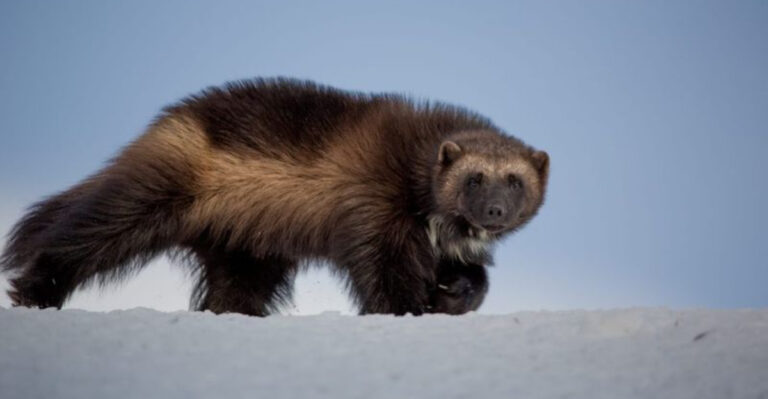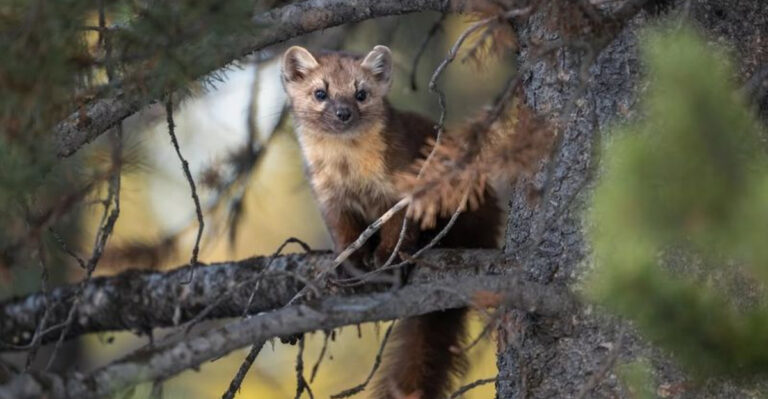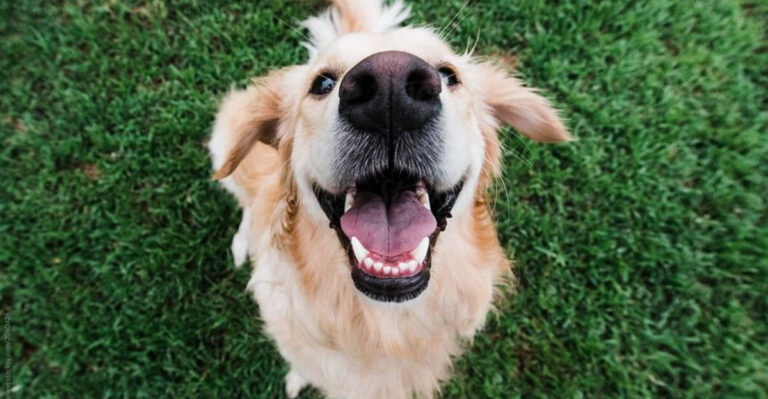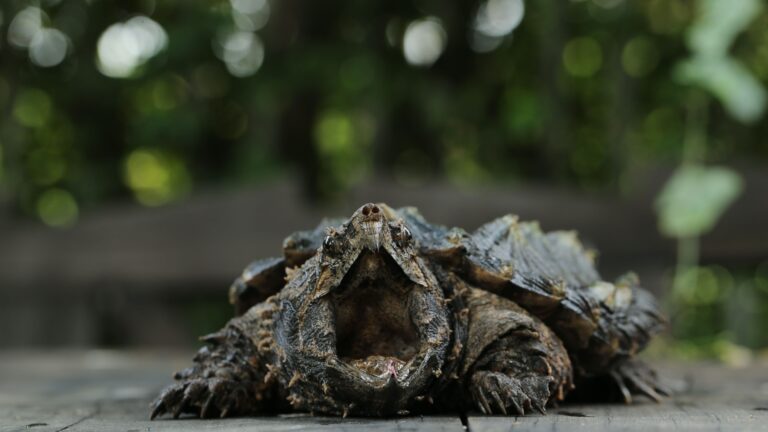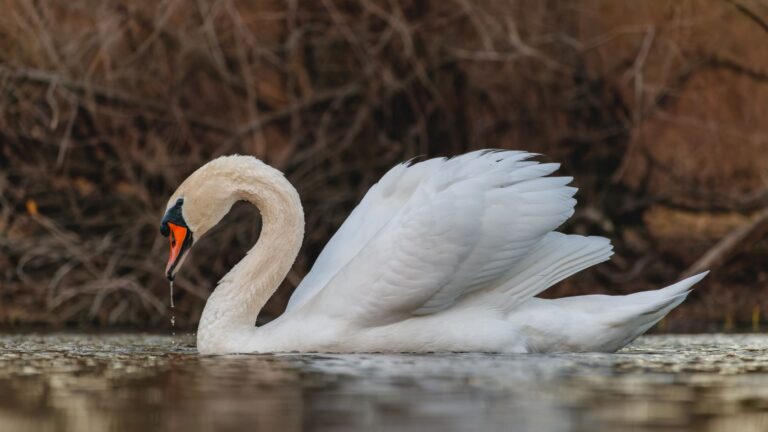15 Reasons The Red Wolf Is One Of America’s Most Endangered Predators
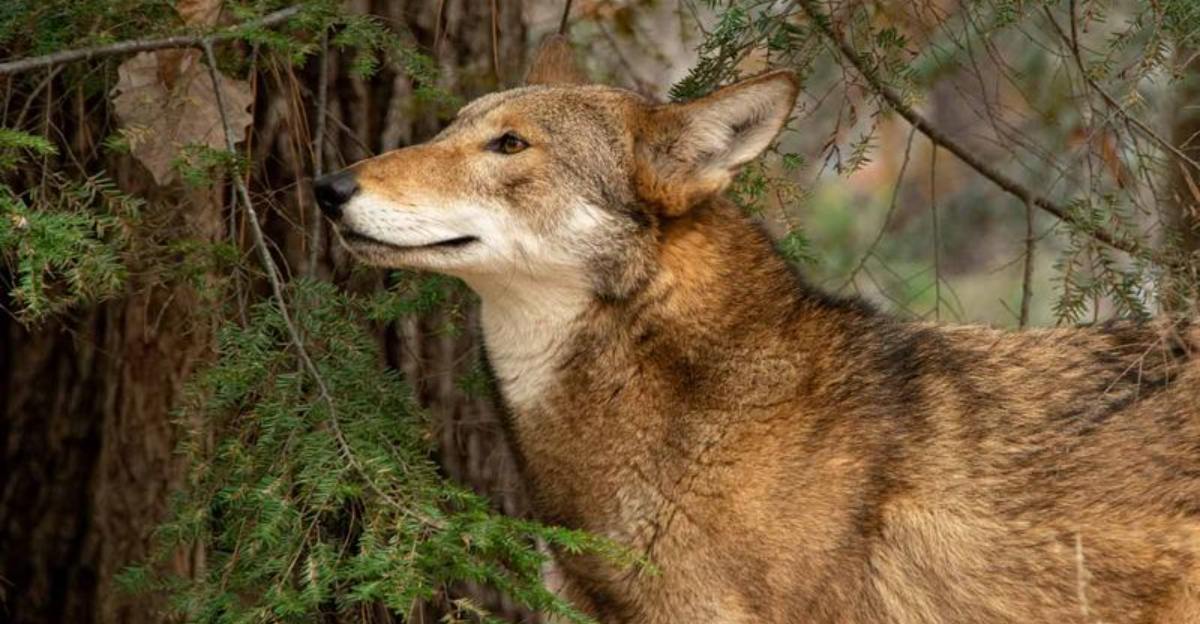
The red wolf, a symbol of wild America, stands precariously on the edge of extinction. This majestic predator, once roaming vast stretches of the southeastern United States, now clings to survival.
Let’s explore the critical reasons behind its declining numbers and why every effort must be made to save this iconic species.
1. Habitat Loss
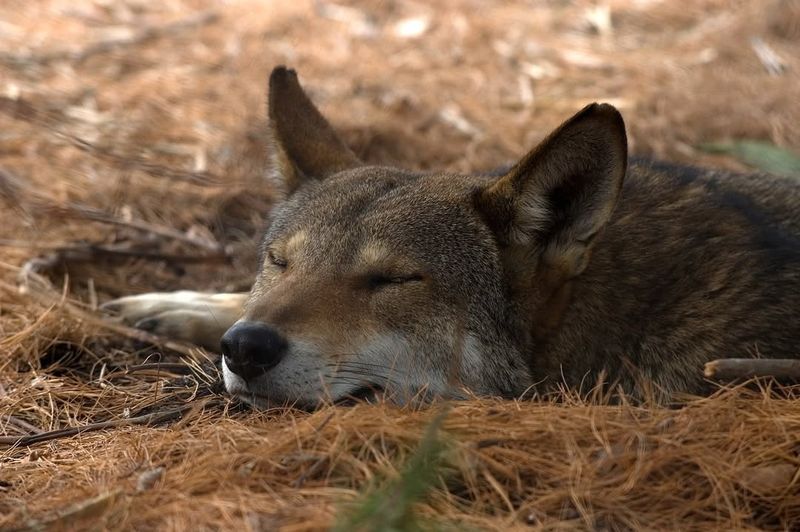
Habitat loss is a primary threat to the red wolf. Forests and wetlands are being destroyed at an alarming rate. With urbanization and agriculture expanding, the natural habitats of red wolves are vanishing.
This loss is not just about space; it’s about survival. Red wolves depend on large territories for hunting and breeding. As these areas are fragmented, their food supply dwindles, and breeding opportunities lessen.
The impact is catastrophic: red wolves are forced into smaller areas, increasing chances of human-wolf conflict. Their survival hinges on protecting and restoring these vital habitats. We need to push for conservation policies that prioritize habitat restoration and maintenance.
2. Hybridization With Coyotes
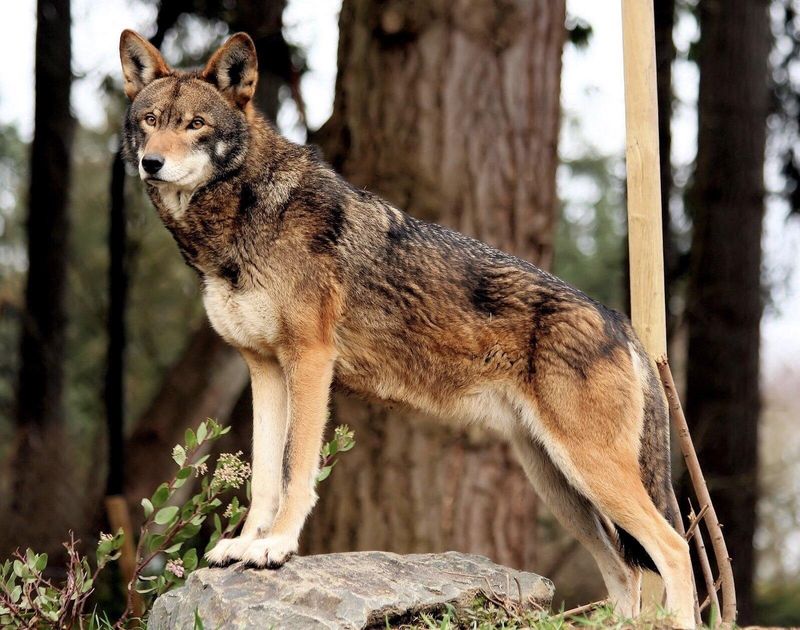
Hybridization with coyotes is a significant issue for red wolves. As their population declines, they often mate with the more common coyote, diluting the genetic pool.
This genetic mixing weakens the red wolf’s unique characteristics. Hybrid offspring may not have the same survival skills or adaptability as purebred red wolves. It’s a genetic battle against time and nature.
Conservationists are deeply concerned about preserving the red wolf’s genetic integrity. Effective management strategies are crucial. These include monitoring populations and creating buffer zones to limit coyote interactions. Protecting the red wolf’s genetic purity is a race against extinction.
3. Human-Wolf Conflict
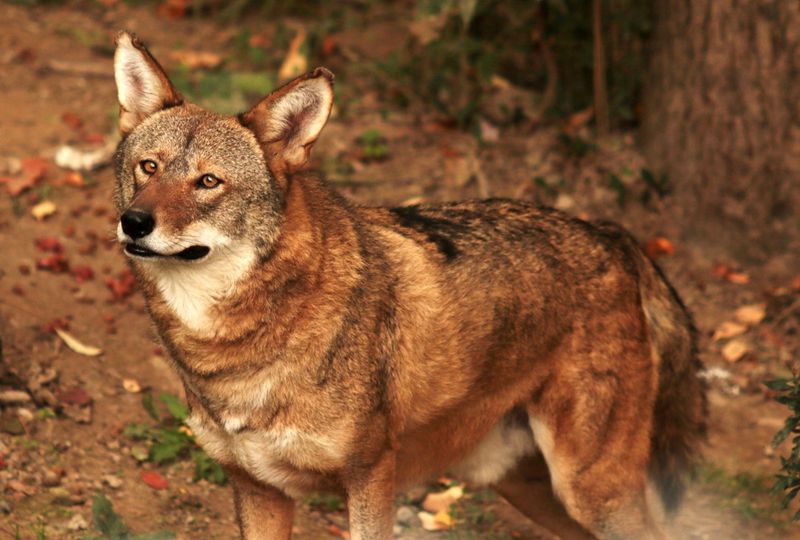
Human-wolf conflict poses a dangerous threat to red wolves. As human populations grow, encounters with wildlife are inevitable.
Farmers, in particular, view red wolves as a threat to livestock. This fear often leads to fatal outcomes for the wolves. Despite being a natural predator, the red wolf is misunderstood and unfairly targeted.
Educating communities about coexistence is vital. Solutions such as livestock protection measures can ease tensions. It is crucial to foster a harmonious relationship between humans and red wolves to ensure their survival.
4. Limited Genetic Diversity
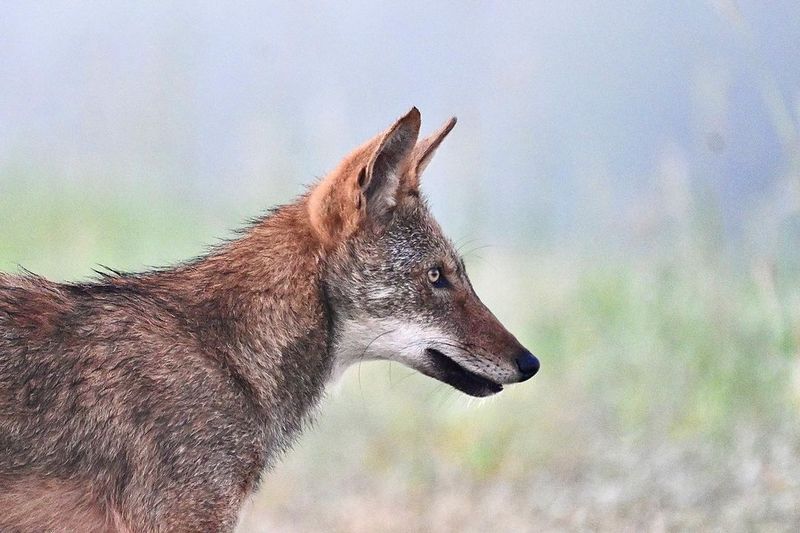
The red wolf suffers from limited genetic diversity, a byproduct of its small population size. This lack of diversity makes them more susceptible to diseases.
With fewer genetic variations, red wolves struggle to adapt to environmental changes. This genetic bottleneck reduces their chances of survival and recovery.
Conservation breeding programs aim to increase genetic diversity. By introducing new genes into the population, these programs hope to create a healthier red wolf population. It’s a meticulous process requiring global cooperation and time.
5. Illegal Hunting
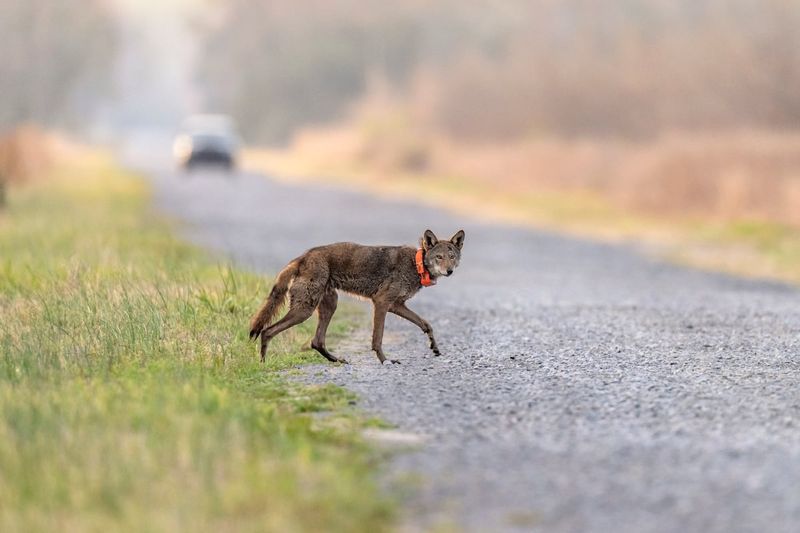
Illegal hunting is a dire threat to the red wolf population. Despite legal protections, poaching persists. Red wolves are often mistaken for coyotes and killed.
This illegal activity decimates the population, undoing years of conservation efforts. The allure of hunting these rare wolves is overshadowed by a lack of awareness and enforcement.
Strengthening laws and increasing patrols in red wolf habitats are essential steps. Public awareness campaigns can also deter illegal hunting, promoting the red wolf as a species worth protecting.
6. Climate Change
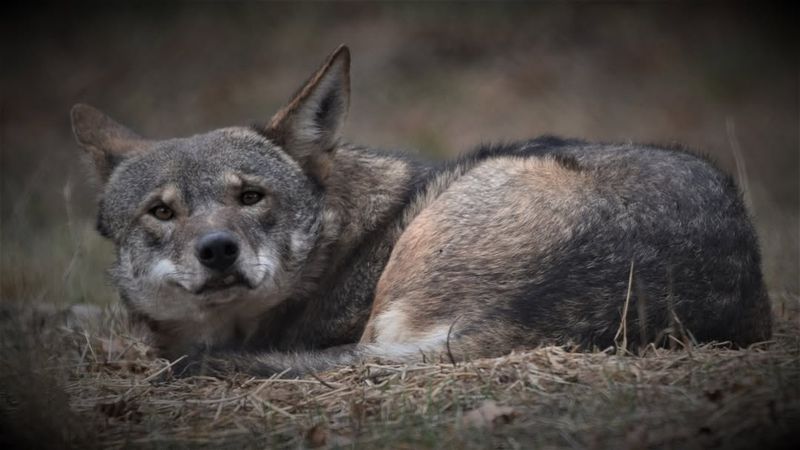
Climate change critically impacts red wolves. Altered weather patterns disrupt their natural habitats. Rising temperatures and extreme weather events threaten their survival.
This environmental shift affects prey availability and breeding cycles. Red wolves are forced to adapt quickly or face dire consequences.
Conservation efforts must include climate change mitigation. Protecting habitats from the impacts of climate change is as crucial as direct conservation actions. Global environmental policies must prioritize these changes to safeguard the red wolf’s future.
7. Small Population Size
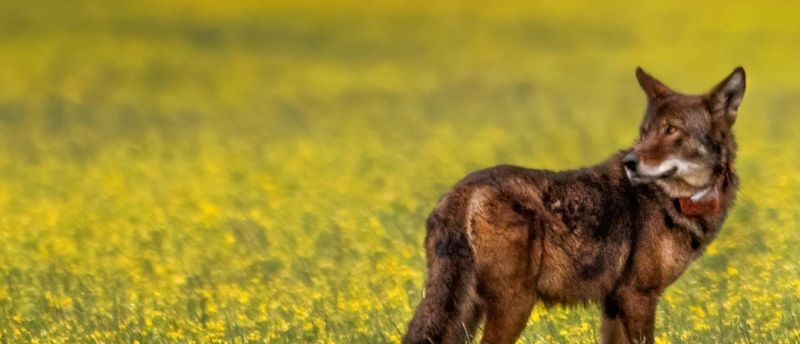
With a critically small population size, red wolves are on the brink of extinction. Low numbers mean limited breeding pairs, leading to further genetic bottlenecks.
This small population is more vulnerable to sudden threats like disease outbreaks. Any significant loss could be catastrophic.
Intensive conservation measures are required to bolster their numbers. Breeding programs, habitat protection, and public awareness are all part of a comprehensive strategy to increase population size.
8. Human Development
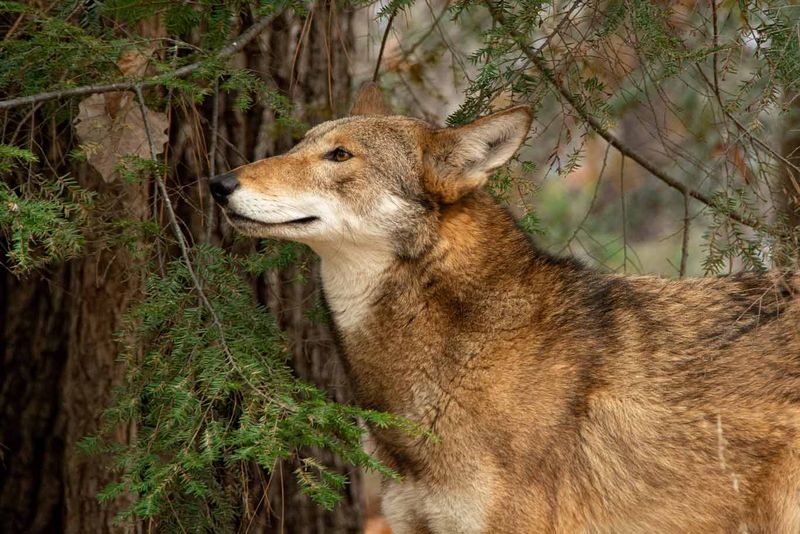
Human development encroaches on red wolf territories. As cities and towns expand, natural habitats shrink. This encroachment forces red wolves into closer proximity with humans.
The consequences are severe: increased roadkill incidents, habitat fragmentation, and human-wildlife conflicts. It’s a struggle for the wolves to find safe havens.
Urban planning must consider wildlife corridors and protected areas to mitigate these impacts. Balancing human needs with conservation is key to ensuring red wolves have space to thrive.
9. Prey Depletion
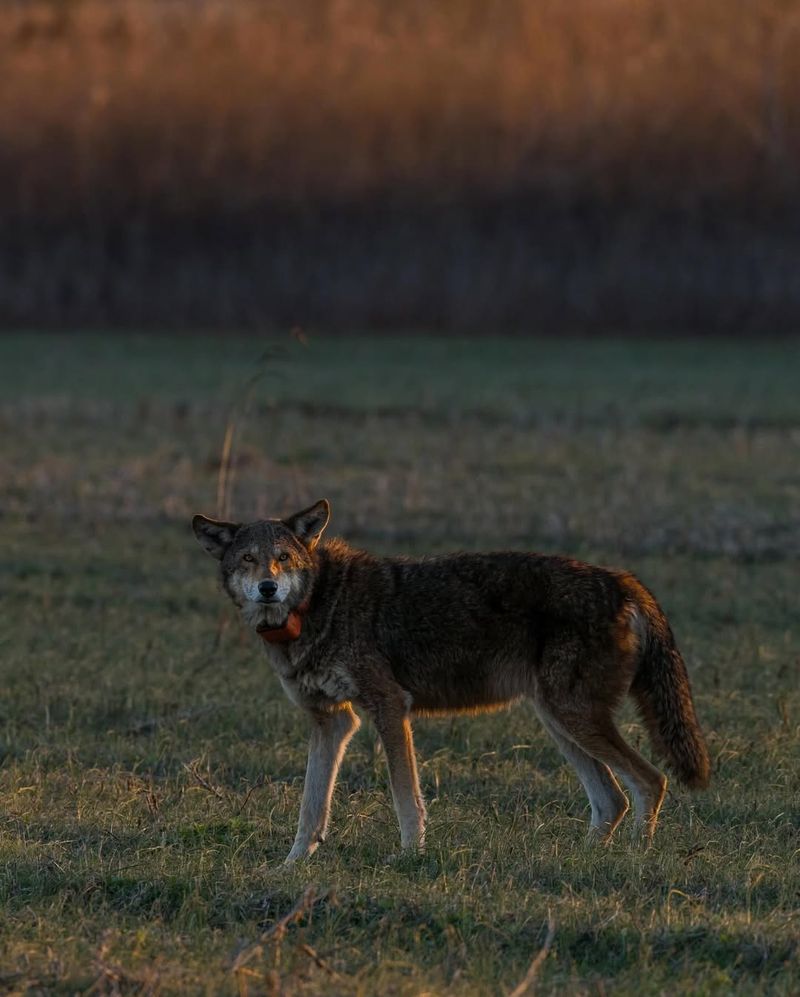
Prey depletion is a silent threat to red wolves. As natural prey like deer and rabbits decline due to overhunting and habitat loss, red wolves struggle to find food.
This scarcity forces them into closer encounters with human communities, often with dire consequences. Malnutrition weakens the population, affecting breeding success and survival rates.
Restoring prey populations through wildlife management and conservation zones is crucial. Ensuring a balanced ecosystem will help the red wolves regain their strength and numbers.
10. Disease And Parasites
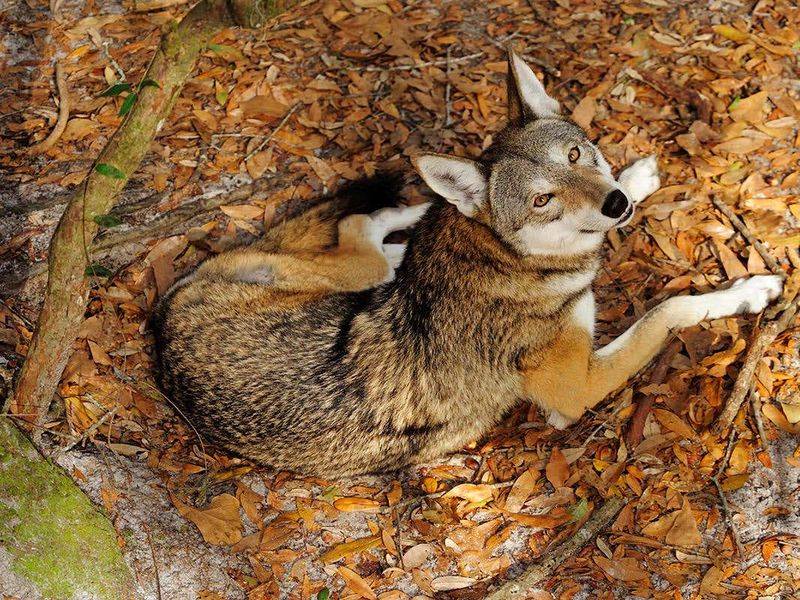
Disease and parasites pose a deadly threat to the fragile red wolf population. With limited genetic diversity, they’re more susceptible to outbreaks.
Common diseases like canine distemper and parvovirus can quickly devastate populations. Parasites further weaken the wolves, reducing fertility and increasing mortality.
Monitoring and vaccination programs are vital in combating these threats. Veterinary interventions must be swift and effective to protect this endangered species from further decline.
11. Inbreeding Depression
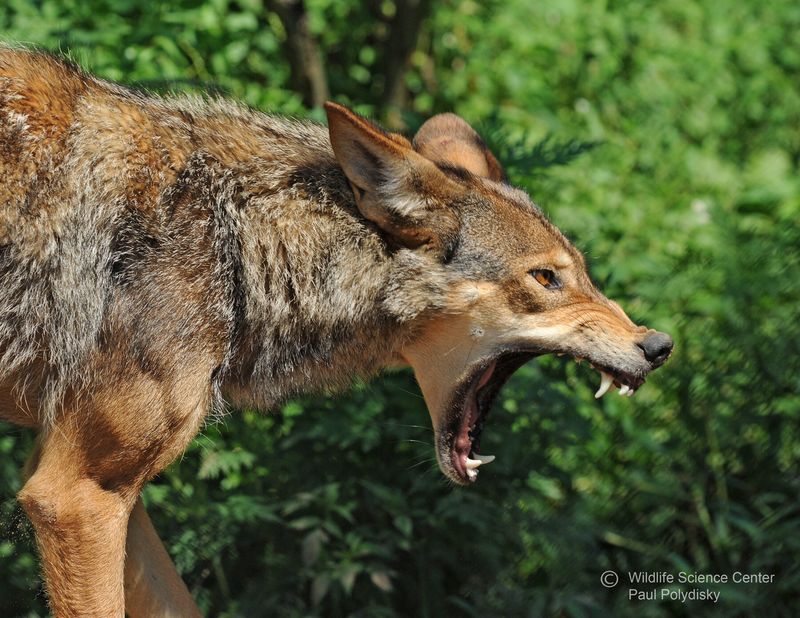
Inbreeding depression is a consequence of the red wolf’s small population. Limited genetic diversity leads to increased inbreeding, which can cause genetic defects.
These defects manifest as lower fertility rates, immune system deficiencies, and other health problems. It’s a vicious cycle that threatens their survival.
Breeding programs aim to introduce genetic diversity. Carefully managed, these programs increase the viability of the red wolf population. It’s a race against time to ensure their genetic health and survival.
12. Conservation Funding Shortfalls
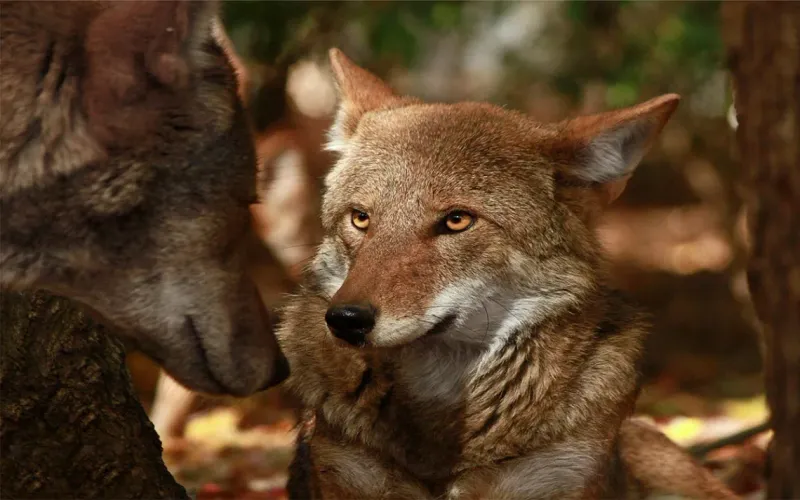
Conservation funding shortfalls seriously hinder red wolf recovery efforts. Limited resources mean fewer protection measures and research initiatives.
Without adequate funding, essential programs like habitat restoration and monitoring are jeopardized. This financial strain slows progress and reduces the impact of conservation efforts.
Increasing awareness and securing funding from both public and private sectors are crucial. A commitment to long-term investment is needed to ensure the survival of the red wolf.
13. Lack Of Public Awareness
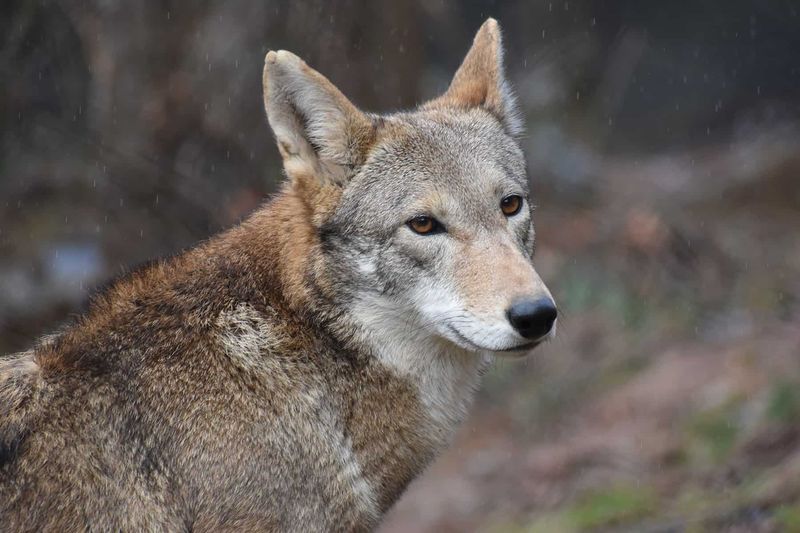
Public awareness about the red wolf’s plight is sadly lacking. Many people are unaware of their endangered status and the critical role they play in the ecosystem.
Without public support, conservation efforts face an uphill battle. Misunderstandings and misconceptions lead to unfounded fears and resistance to protection measures.
Community engagement and education can change this narrative. By fostering a deeper understanding and connection, we can mobilize public support for red wolf conservation.
14. Political And Legal Challenges
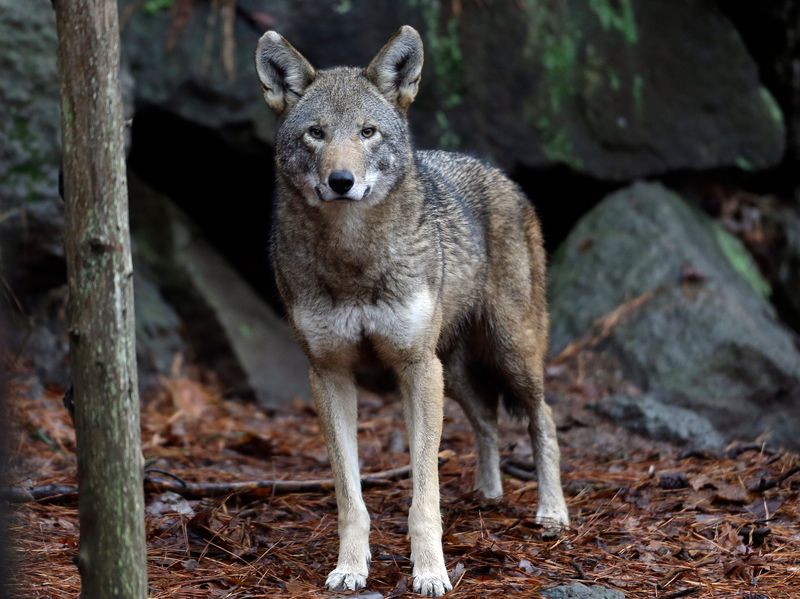
Political and legal challenges create significant barriers to red wolf conservation. Conflicting interests and bureaucratic hurdles slow down protective measures.
Legislation often lags behind the urgent needs of wildlife conservation. Political shifts can undermine established protections, leaving red wolves vulnerable.
Advocacy and legal action are necessary to strengthen protections. Navigating these complex challenges requires persistence and dedication to secure a future for the red wolf.
15. Decline In Suitable Habitats
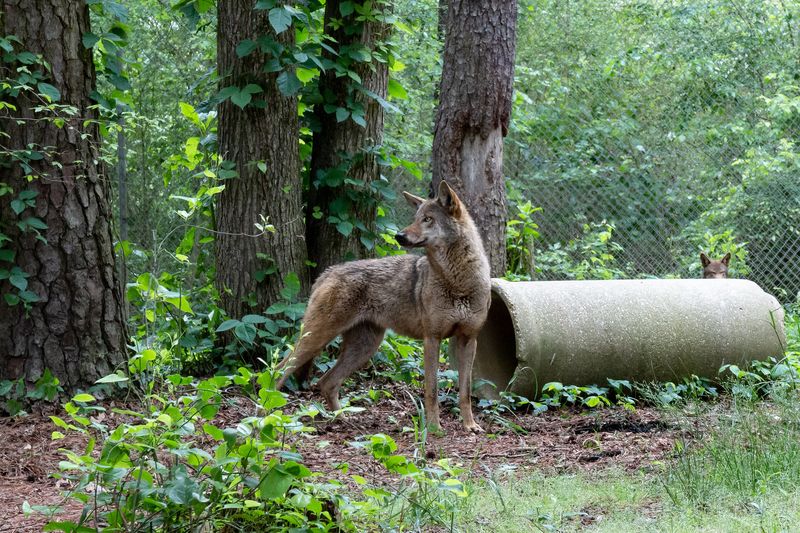
The decline in suitable habitats is a silent killer for red wolves. As their natural environments are altered or destroyed, they face a grim future.
The loss of suitable habitats affects their ability to hunt, breed, and thrive. It’s a slow erosion of their very existence.
Habitat restoration and protection are paramount. Ensuring these areas are preserved and expanded will provide the red wolves with the sanctuary they desperately need.

